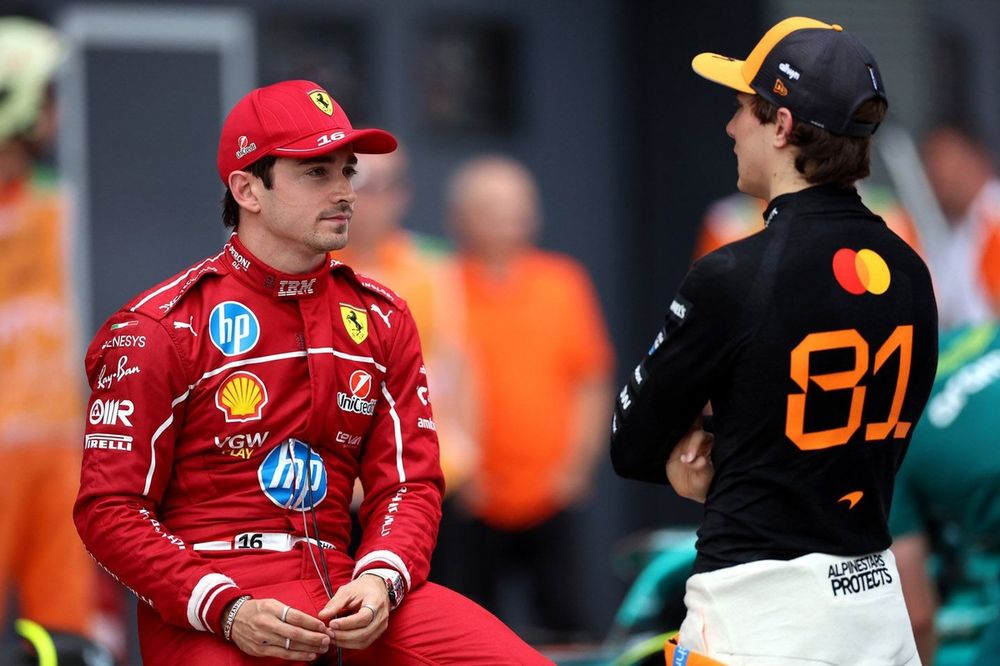Charles Leclerc exhibited blistering pace throughout much of the Hungarian Grand Prix weekend, securing pole position with an impressive lap time. Yet, despite this dominant form, his speed waned notably during the race’s final stint, culminating in a fourth-place finish just outside the podium. Former Formula 1 driver and current analyst Jolyon Palmer has offered a plausible explanation for this unexpected decline in performance.
Leclerc’s qualifying performance was exceptional, edging out McLaren’s Oscar Piastri and Lando Norris in the final session. On race day, the Monegasque driver initially maintained his lead with apparent ease, distancing himself from the chasing pack for the race’s first half. However, as the event progressed, a pronounced drop in his pace undermined his earlier advantage, forcing him to relinquish podium contention.
Palmer’s analysis centered on Ferrari’s ongoing issues with plank wear—a persistent technical challenge for the team this season. He suggested that Ferrari may have adopted a strategy to deliberately run higher tyre pressures or adjusted ride heights in response to this, which in turn reduced grip and slowed Leclerc’s car in the final laps. According to Palmer, this tactic could be an attempt to preserve the structural integrity of the car’s floor, especially given Budapest’s reputation as a circuit where overtaking is notoriously difficult.
The problem of plank wear has haunted Ferrari throughout the year, resulting in notable setbacks such as Lewis Hamilton’s disqualification in China and Leclerc’s exclusion from a race result due to an underweight car. In the current ground-effect era, where downforce generated from beneath the vehicle is paramount, maintaining the floor’s condition is critical to competitive performance. Ferrari’s conservative approach during the closing stages appears to be a cautious gamble aimed at securing valuable points rather than risking catastrophic damage.
Despite Leclerc’s disappointing finish, Ferrari maintains its position as the second-best constructor this season, holding a 24-point buffer over Mercedes. This scenario underscores the ongoing strategic and technical balancing act within the paddock, as teams grapple with the intricacies of regulation and performance optimization. Ferrari’s ability to manage these challenges will be crucial as the season advances.



